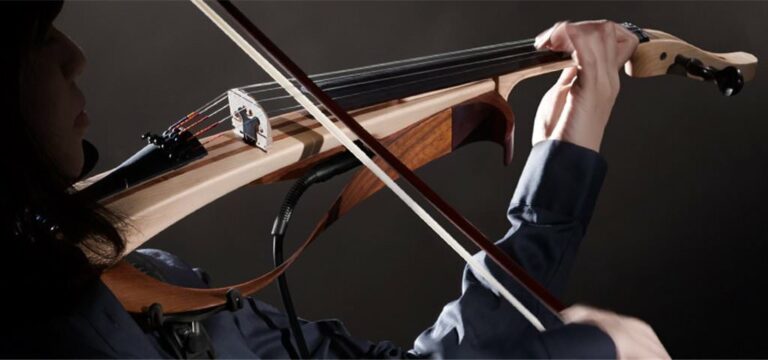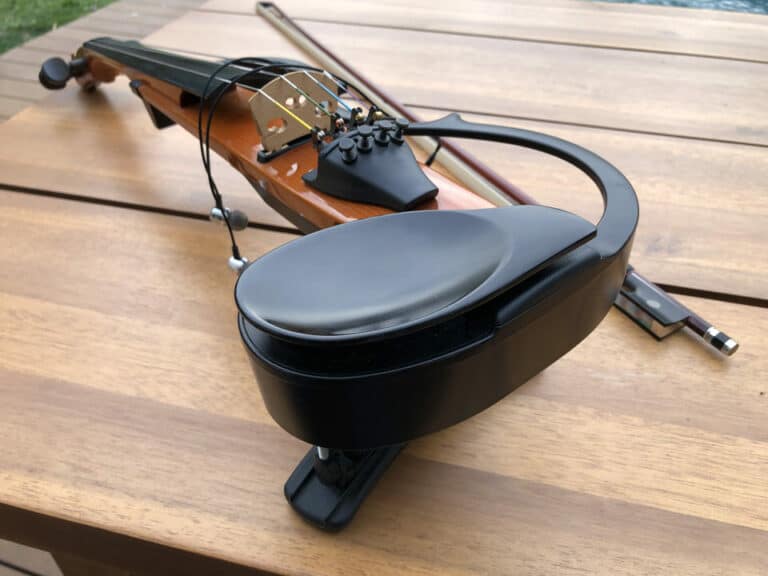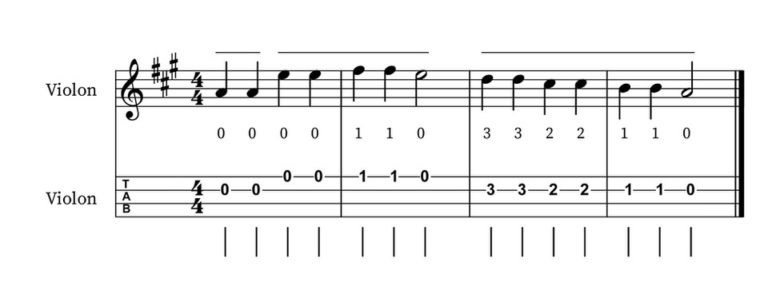How to Store a Violin at Home for the Long Term (or Between Sessions)
If you won’t be playing your violin for a while, don’t just toss it under a staircase and call it a day. Far too many violins have been lost to negligence like this because people fail to realize that these delicate instruments require some basic care whether you’re actively playing them or not. Take some simple measures to safely store your violin, whether it be in the long term, or just between sessions.
Put your violin in a hard case. If you store your violin long-term, loosen slightly the strings, put it in a silky bag then in some bubble wrap. Store it in a climate-controlled room if possible. Monitor the humidity level and adjust with a desiccant or humidifier.
When you will open the case several months or years later, the violin will be in far better condition if you follow this. And there is a gentle wake-up process that you want to consider as well: so read on.
How to store your violin between playing sessions
When storing your violin in the short term, do not loosen the strings. Their consistent tension is vital for upholding the soundpost, and if your soundpost ends up having an issue, you’ll have to have a luthier fix it up for you. On natural gut strings mounted instruments, it is recommended to leave them tuned 1/4 tone lower.
It’s also important to always keep your violin in a case whenever you’re not playing it. It can be tempting to display your prized instrument but understand that it’s as fragile as it is beautiful. With how expensive and delicate violins tend to be, you don’t want to risk anything happening to it outside of its case. Besides, leaving your violin out in the open air encourages dust buildup, and that’s both annoying and aesthetically unpleasant. Show that baby off all you want while playing it, but in the meantime, keep it nice and safe in its case.
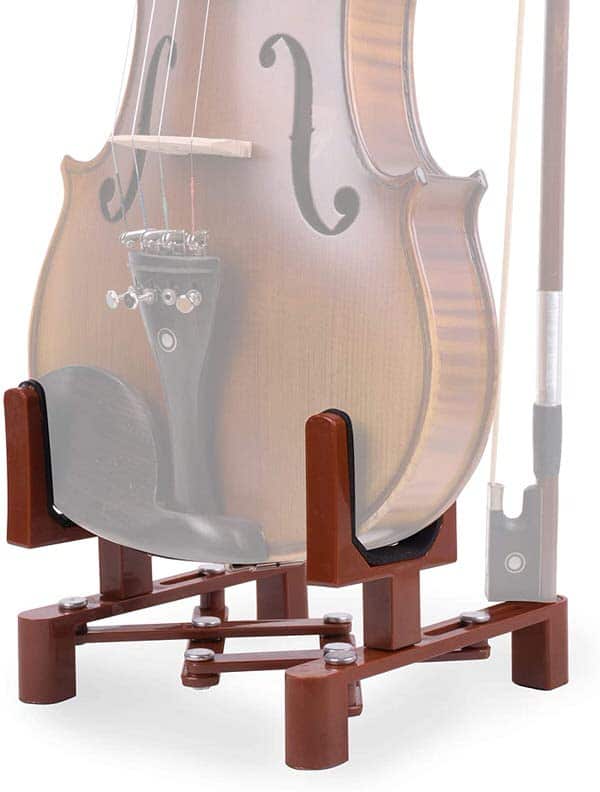
On that note, never leave your case open while your violin is inside. If you put your violin down, even for just a moment, it’s good practice to lock it up in its case to prevent any accidents from occurring. It may sound innocent enough to set it down in a chair or lie it in your case without actually securing it, but you have to keep in mind how delicate these instruments are. There’s no point in taking the risk of an accident occurring while your violin is exposed.
Similarly, try not to store your case on the floor. It goes without saying that it’s safer if placed somewhere secure. Even if your violin is in a good case, you probably shouldn’t take a chance on something falling on it, a pet getting into it, someone stepping on it, or whatever other risks your floor may hold.
Perhaps most important of all, though, is to keep your violin in a climate-controlled room at all costs. One of the easiest ways to accidentally ruin a violin is to leave its humidity and temperature unchecked. As always, keep a hygrometer in your violin’s case to monitor its humidity levels, and try to keep it stored in a room that doesn’t have a lot of temperature fluctuation.
How to store your violin in the long term at home
Shock protection
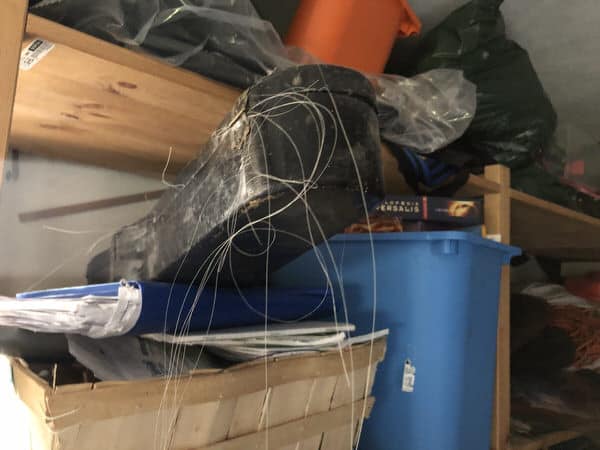
If something were to happen to your violin while in storage, taking some basic measures to prevent shock damage could make the difference between a healthy instrument and a trip to a luthier.
Naturally, the first wall of defense for your violin is its case. If you’re planning to store it for a long time, get yourself a heavy-duty case that’s ready to protect it from the elements. Unlike a travel case, you don’t have to worry too much about weight or size when storing your violin in the long term. All you need is to make sure it’s rugged enough to withstand whatever changes may occur during its stay in storage– in other words, the more robust, the better.
Other than just a case, additional fabric wrapping around your violin can help further mitigate any jostling that may occur throughout its storage. Some people like to wrap their violins in bubble wrap too, but you should probably wrap it in something soft first to protect the surface of the instrument.
Protecting your violin from changes in temperature and humidity
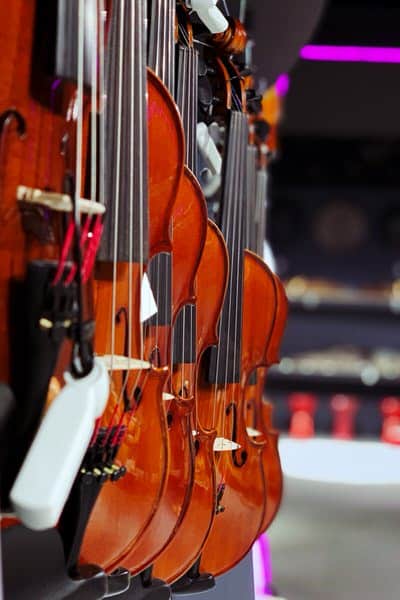
The more layers you have in place to hold back the outside atmosphere, the better. One of the most basic degrees of added protection, primarily for the sake of visual wear on the instrument admittedly, is to get a silk bag such as this one from Amazon to put over your instrument before it’s placed in your case. As far as humidity is concerned, some people recommend using a microfiber cloth or similar microfiber device to protect a violin from the outside atmosphere while storing it.
Just like short-term storage, try to store your violin in a climate-controlled room, or at least a room without a lot of difference in temperature or humidity– even more so when storing it in the long term. Every concern for short-term storage applies here as well: atmospheric variations can wreak havoc on your violin if left unchecked, so try to place it somewhere that won’t ruin it.
Naturally, while your violin is being stored in the long term, it’s important that you continue to monitor its moisture levels with a hygrometer. After all, why bother with all these extra steps to protect it if you’re willing to let it get damaged by the atmosphere anyway?
If you live in a humid environment or have found your violin’s moisture levels to be high after checking your hygrometer, consider using some silica gel packets to absorb some of the ambient moisture. Be very careful while using these, though, as they have a limited effect once they’ve absorbed their capacity. Furthermore, if you place them in your case when they aren’t completely necessary, you risk drying your violin out instead. Balance is key.
It’s also a good idea to loosen the strings slightly before storing your violin in the long term as string tension is yet another potential issue once the weather starts to change. Don’t loosen them very much, though, as your soundpost may fall if there’s not enough tension to hold it up.
The idea with all of this is to protect your violin from the changing weather while storing it in the long term. From humid summers to dry winters, your violin needs to be ready to take the atmospheric changes that come with every season while it’s stored away. String tension and changing weather can be a nasty combination that can cause your violin to begin to crack or even fall apart if you don’t prepare your instrument ahead of time. If you’d like your violin’s ribs to stay in place, make sure it’s ready to go before you store your instrument.
Now that you know how to store your violin, check out my tips on how to store your bow here.
How to put your violin back into service after a long storage
First things first: clean it. If you don’t already own cloth for cleaning your violin, either get one or use a soft cloth to wipe it down. Do this before you change your strings as it will be easier to access the entire instrument without the strings in the way.
Once it’s clean, you may want to change your strings depending on how long your violin has been in storage. Gut strings in particular are known to age poorly, as you might imagine, and metal strings may begin to oxidize over time. Synthetic core strings might have stretched and deteriorated as well. Neither is optimal and by extension, neither is the music produced by the strings.
When putting your new strings on, take it nice and easy. Tune it slowly. You don’t want to put too much pressure on the dormant wood. Generally speaking, you’ll want to be gentle with your violin, as it’s going to take a bit to get it back into the working state you’re familiar with.
You may have heard of the “waking up” process for a new violin. The exact science on the matter is debated among violinists, but the point is that your violin’s not going to act quite normal when you first take it out after a long time in storage. The sound is a bit “off”. The more you play it, the more it will learn to open up again, so don’t cease to practice when you’re getting back into it.
If you find that it has any wear or irregularities once you’ve taken it out of storage, don’t hesitate to have a luthier take a look at it. The sooner it’s diagnosed, the less likely it is that your violin will be seriously damaged. As sensitive as the instrument can be, it’s not a bad idea to have it checked out after a long time lying untouched anyway.
With a bit of preparation, you can keep your violin nice and healthy while it’s stored away. Keep an eye on it, and good luck.
As a bonus, check out my violin and bow overall maintenance guide.


